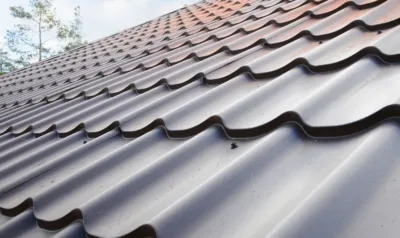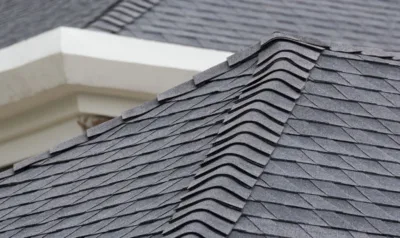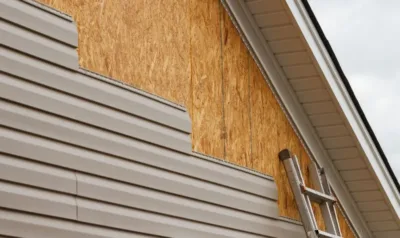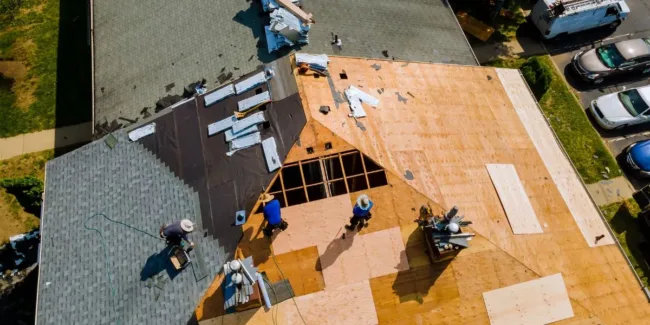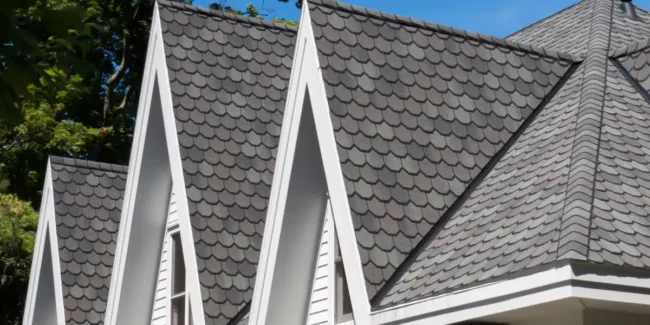What Is The Best Siding For Coastal Homes?
The best siding for coastal homes is fiber cement siding—specifically Hardie Board—because it offers unmatched durability, moisture resistance, and design flexibility in harsh marine environments. Coastal homes face constant exposure to salt air, humidity, wind, and UV rays, making siding choice critical for long-term protection and value. This article compares the top siding materials available and demonstrates why fiber cement, with its superior performance and low maintenance requirements, stands out as the most reliable option for beachfront living.
Fiber Cement Siding: Best Overall Choice
Fiber cement siding consistently ranks as the top choice for coastal homes—and for good reason.
Exceptional Durability
Fiber cement is made from a blend of cement, sand, and cellulose fibers. This composition makes it incredibly tough and capable of withstanding salt spray, extreme humidity, and UV radiation. It doesn’t warp, crack, or fade easily and is highly resistant to wind damage.
Superior Moisture Management
Many fiber cement products come with integrated moisture management systems such as rainscreens, which help prevent water from infiltrating your home’s structure. This is particularly crucial for homes near the ocean where humidity levels are high year-round.
Low Maintenance, High Return
Once installed, fiber cement siding requires minimal upkeep. It resists mold and mildew and doesn’t need frequent repainting. When installed and maintained properly, it can last up to 50 years. This long lifespan offers excellent return on investment over time.
Fire-Resistant and Safe
One underrated benefit of fiber cement siding is its non-combustible nature. In areas where wildfires or fire-prone conditions might arise—such as hot, dry summers—fiber cement provides an added layer of safety.
Design Versatility
Fiber cement siding is available in a wide array of colors, textures, and profiles, including options that mimic wood, stucco, or stone. This versatility makes it easy to match the aesthetic of classic New England cottages, modern beach homes, or Mediterranean-inspired designs.
Recommended Brand: Hardie Board
Hardie Board by James Hardie is considered the gold standard in fiber cement siding. It’s engineered specifically for climate performance and includes UV-resistant finishes and baked-on color technology (ColorPlus®) that extends the life of its paint and curb appeal. It’s more expensive upfront than vinyl, but offers superior durability and design appeal, making it a premium investment for coastal homeowners.
Vinyl Siding: Best Budget Option
For homeowners looking for a cost-effective siding solution, vinyl is hard to beat.
Affordability and Availability
Vinyl siding is widely available and typically costs less than fiber cement or brick veneer. Its budget-friendly pricing makes it appealing for first-time homebuyers and property investors.
Resistance to Rot and Insects
Vinyl is naturally resistant to moisture, rot, and insect damage. When properly installed, it performs well in coastal climates, especially with added insulation layers.
Minimal Maintenance
Unlike wood, vinyl doesn’t need to be painted or sealed. Cleaning it once or twice a year with a garden hose is usually sufficient to maintain its appearance. However, keep in mind that extended UV exposure can cause colors to fade over time.
Potential Drawbacks
If not installed properly, vinyl siding can trap moisture behind the panels, which may lead to mold, mildew, or wood rot in the sheathing. It also lacks the high-end appearance of fiber cement or natural wood.
Brick and Stone Veneer: Best for Aesthetics and Longevity
Brick and stone offer a timeless, upscale look that blends beautifully with coastal settings.
Unmatched Durability
These materials do not rot, warp, or attract pests, and they’re resistant to high temperatures and strong winds. Once installed, brick and stone can last the lifetime of the home.
Low Maintenance
Brick and stone require very little maintenance and can increase a property’s market value significantly. They’re also extremely fire-resistant.
Higher Cost and Limited Design Flexibility
Installation is expensive and labor-intensive. Brick or stone veneer doesn’t offer as much design flexibility as other materials and may not suit more modern coastal home designs.
Composite/Engineered Wood Siding: Best Wood Alternative
For those who love the warmth of wood but want better performance in a humid, salty environment, composite siding is an excellent compromise.
Engineered for Strength
Composite wood siding is made from resins and wood fibers, which offer better moisture resistance and durability than solid wood. It’s also less prone to warping and cracking.
Lower Maintenance
Compared to natural wood, composite siding requires less maintenance and retains its appearance longer without frequent painting or sealing.
Attractive Wood Look
Engineered siding can mimic real wood grain with impressive accuracy, offering visual warmth without the hassle of traditional upkeep.
Natural Wood Siding (Cedar): Best for Classic Coastal Charm
Cedar wood siding provides a natural, classic look that has long been associated with beachfront properties.
Warm and Timeless Appearance
Nothing beats the look of real wood. Cedar, in particular, offers natural resistance to insects and rot, making it one of the better wood species for coastal homes.
High Maintenance Requirements
Despite its natural properties, cedar needs regular staining, sealing, or painting to protect against UV rays and moisture. Without proper upkeep, it will age quickly and may invite mold growth.
Longevity with Effort
Well-maintained cedar can last for decades, but it demands more attention than fiber cement, vinyl, or composite alternatives.
Side-by-Side Comparison of Coastal Siding Options
| Siding Type | Durability | Weather Resistance | Maintenance | Cost | Aesthetic Versatility |
|---|---|---|---|---|---|
| Fiber Cement (e.g., Hardie Board) | Very High | Excellent | Low | Moderate | High |
| Vinyl | High | Good | Very Low | Low | Moderate |
| Brick/Stone Veneer | Very High | Excellent | Very Low | High | Moderate |
| Composite/Engineered Wood | High | Excellent | Low | Moderate | High |
| Natural Wood (Cedar) | Moderate | Good (with care) | High | Moderate | High |
Expert Recommendations
If you’re looking for the best all-around siding for your coastal home, fiber cement siding—especially Hardie Board—is the most balanced option for performance, aesthetics, and long-term value. It handles the harshest elements with ease, requires little maintenance, and can last for decades.
However, your specific priorities may shift your ideal choice:
- Tight Budget: Vinyl siding offers a low-cost, low-maintenance solution that’s effective for basic protection.
- Luxury Appearance and Longevity: Brick or stone veneer delivers unbeatable longevity and curb appeal.
- Wood Look Without the Upkeep: Composite siding simulates real wood while offering superior durability.
- Natural Beauty: Cedar provides timeless character but demands ongoing maintenance.
Final Thoughts: Choose What Suits Your Climate and Lifestyle
Ultimately, the best siding for your coastal home comes down to balancing your budget, maintenance expectations, and design preferences. While all of the materials discussed have their merits, fiber cement siding—especially Hardie Board—is the top recommendation for most coastal homeowners seeking peace of mind, durability, and timeless design.
With proper installation and care, the right siding can protect your coastal home for decades while enhancing its beauty and boosting resale value.
Ready to upgrade your coastal home’s exterior? Trust the experts at Home Genius Exteriors to help you select and install the perfect siding for long-lasting protection and curb appeal. Contact us today for a free consultation and see why coastal homeowners choose Home Genius for quality craftsmanship and personalized service.

